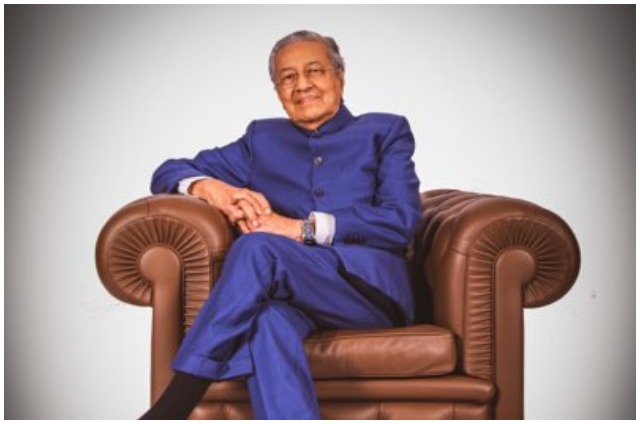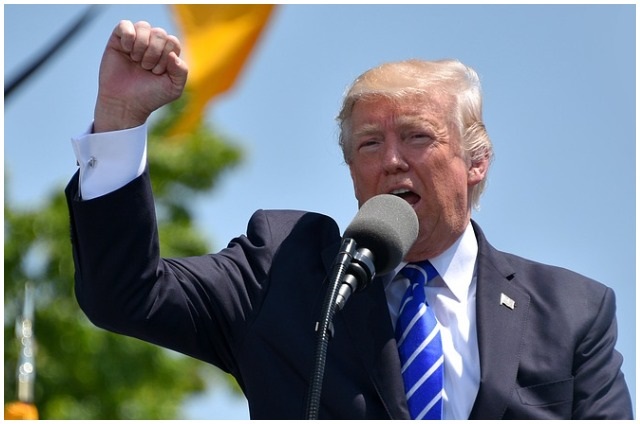KUALA LUMPUR, Sept 27- The resignations of two chief executive officers (CEOs) at the Maybank group do not mean that there is now uncertainty plaguing the country’s largest bank.
With a more vibrant corporate structure in place now following a transformation plan instituted three years ago, the bank’s goals and aspirations going forward are abundantly clear.


But Maybank, set up in 1960, is more than an individual, or rather two individuals and its investment bank has landed a significant number of deals, thanks largely to collective team effort, which included Tengku Zafrul.
However, resignations are a natural progression for any corporate entity, more so when rivals are perpetually head-hunting.
Malaysia’s largest bank is what it is today not because of individuals, but due to its ability to bring talented people together as well as nurture a group of leaders being able to work together effectively.
Clearly, Maybank has used the strength of its balance sheet and long-standing networking with its clients for more than 50 years to its advantage.
Indonesia’s central bank — Bank Pusat Indonesia, has stated that it wants a local to head the bank, which means it was a matter of time before Khairussaleh would have been replaced. It happened sooner than later.
As such, there is no need for alarm for a bank which has over 47,000 employees in its Malaysian and overseas operations and whose top executives have been head-hunted by no less than the central bank and the government.
Maybank clearly offers a talent pool of top executives as evidenced by former chief executives being Bank Negara governors — the late Tan Sri Jaffar Hussein (1985-1994) and Tan Sri Ahmad Mohd Don (1994-1998).
Its former presidents and CEOs — Datuk Seri Abdul Wahid Omar and Tan Sri Amirsham A Aziz were absorbed to do national service to head the important and powerful Economic Planning Unit.
Therefore, the gaps in the positions can be filled from within or from outside, but what is important is for a person with the right attitude and aptitude and above all, one who conforms to Maybank’s values.
Many might perceive it to be a trying time for its president and CEO Datuk Abdul Farid Alias, who was appointed just last August, in dealing with the resignations.
But it is understood that the bank’s 11 exco members have expressed full support for him in accelerating Maybank’s regionalisation plans.
And that is exactly what Maybank should do, concentrate on the job at hand, grow its core operations both locally and in regional and global markets and take the bank forward.
There is no denying Singapore, Indonesia and Thailand hold immense potential, but the markets have to be exploited to the fullest through what insiders describe as its ‘client-coverage’ strategy which is already bearing fruit.
Under the transformation plan, when a customer talks to Maybank, he is talking to a single team representing not just investment banking, but includes corporate, treasury, consumer operations and just about everything representing the bank.
For instance, if a corporate entity wants a loan, Maybank could also talk to them about investment banking, treasury operations as well as getting them to place their deposits with the bank.
It’s a simple tactic, like a one-stop centre, but it has worked with a lot of foreign banks and the challenge would be for Maybank to make it work effectively especially in regional markets where there is a huge amount of funds.
Therefore, regional expansion is not merely acquiring something but how to get the kind of environment in Malaysia that Maybank operates in to be translated into regional markets.
This entails cross-selling and enhancing client-coverage regionally. Going forward, Maybank has its work cut out for it, that is, bringing regionalism to fruition.
Perhaps, what Maybank should aspire to become is operate quite like Standard Chartered Bank (StanChart), whereby when one deals with StanChart, it doesn’t matter where one goes.
In any market, the foreign bank has complete product capabilities spread across all businesses in these countries and where it can build on these functionalities from one country to another.
Beefing up, for instance, its treasury, investment banking, consumer banking and other businesses enabled the bank’s pre-tax profit to soar from S$300 million a few years ago to S$1.4 billion currently in Singapore.
If StanChart can do it, why can’t Maybank, as a regional bank and with inherent strength, strive to do likewise by maximising its capabilities and delivery in these countries.
– BERNAMA










